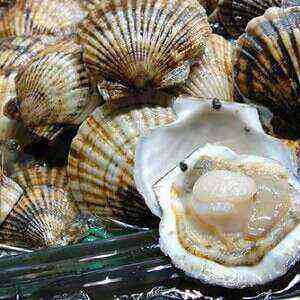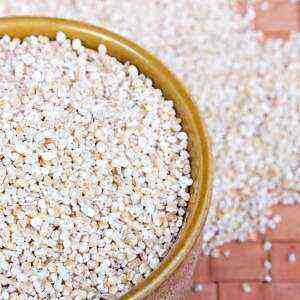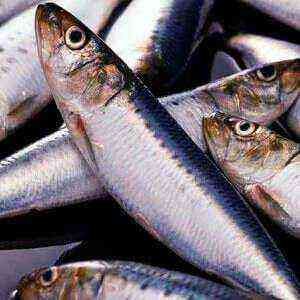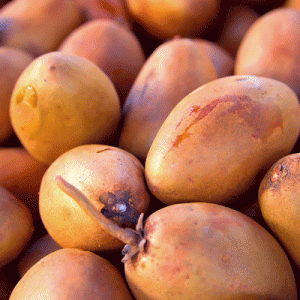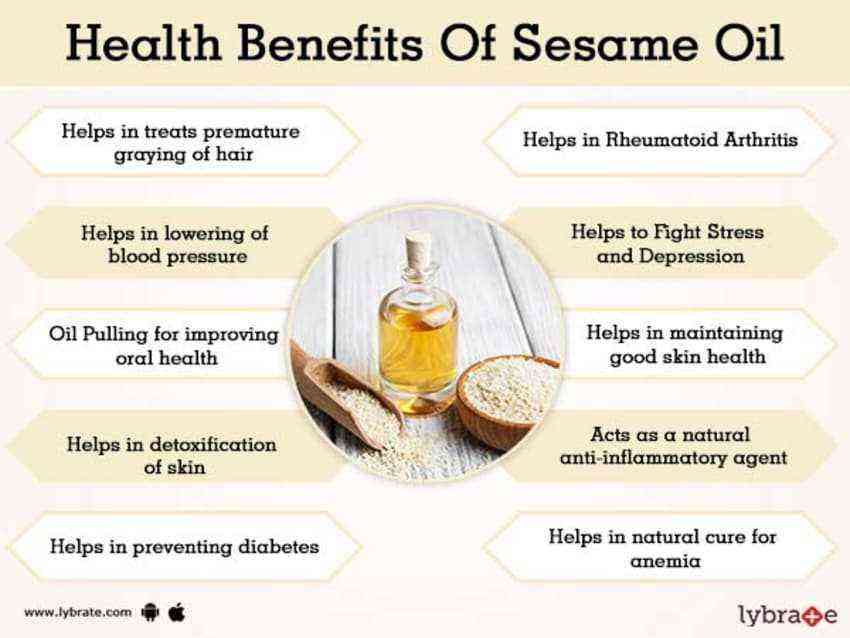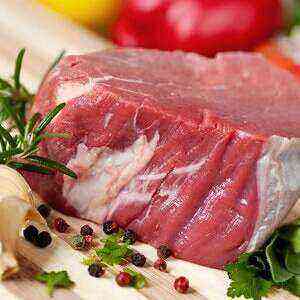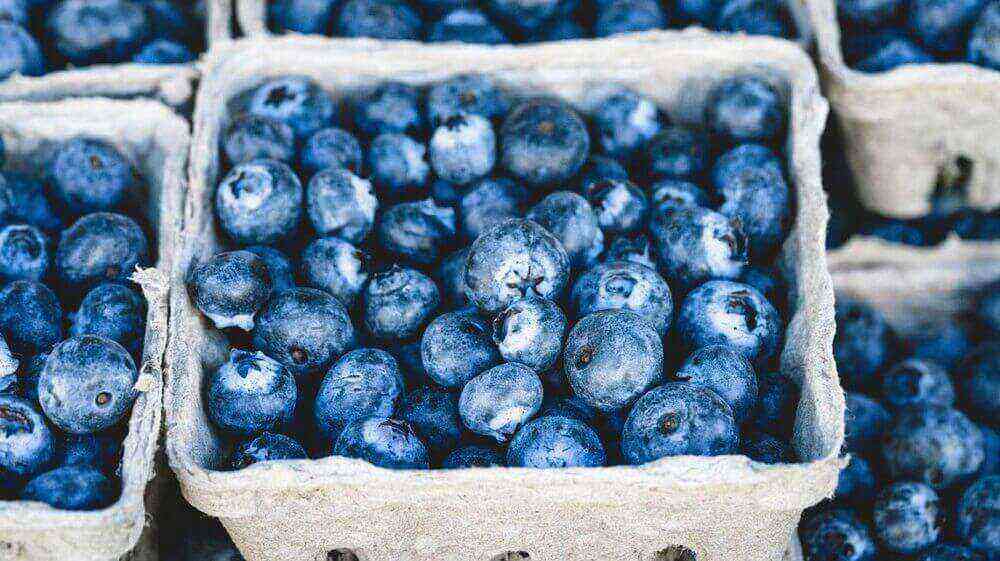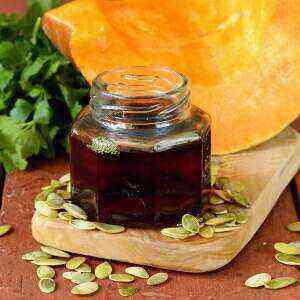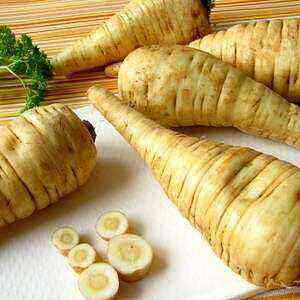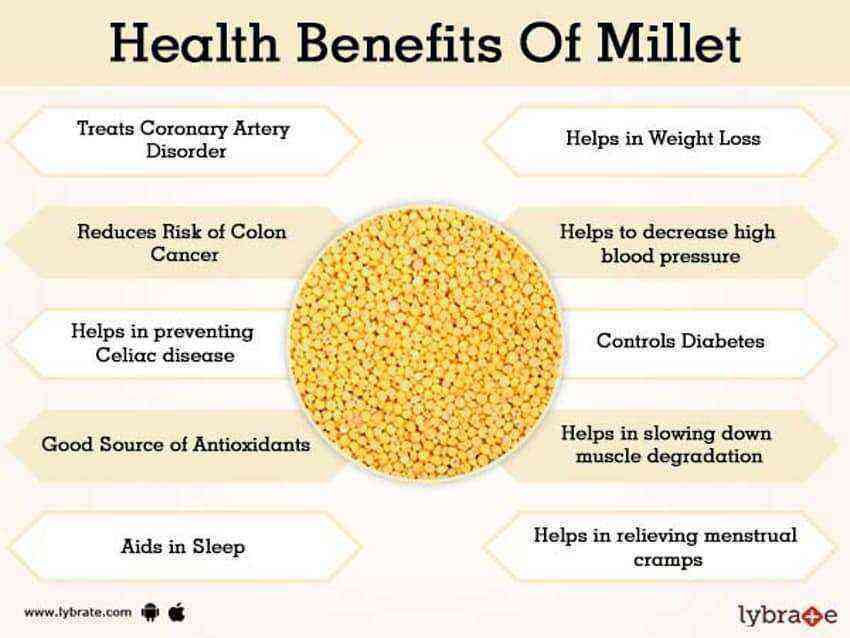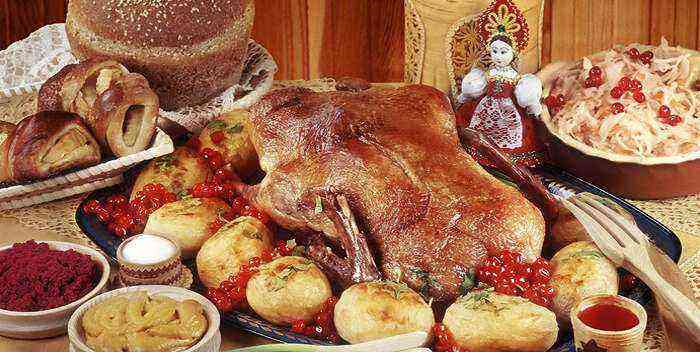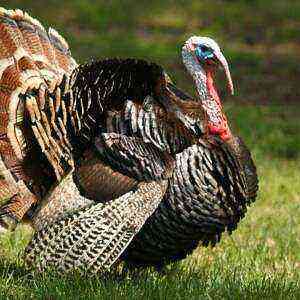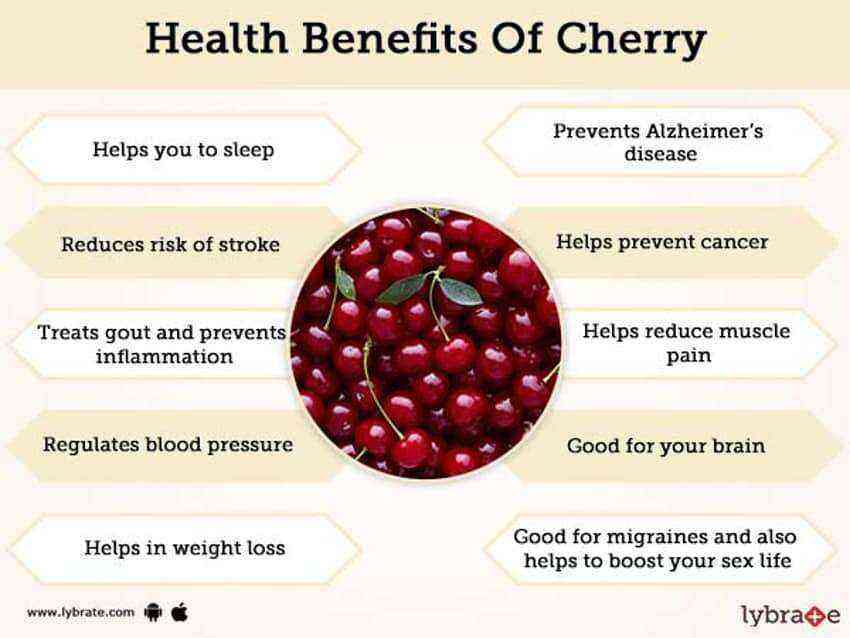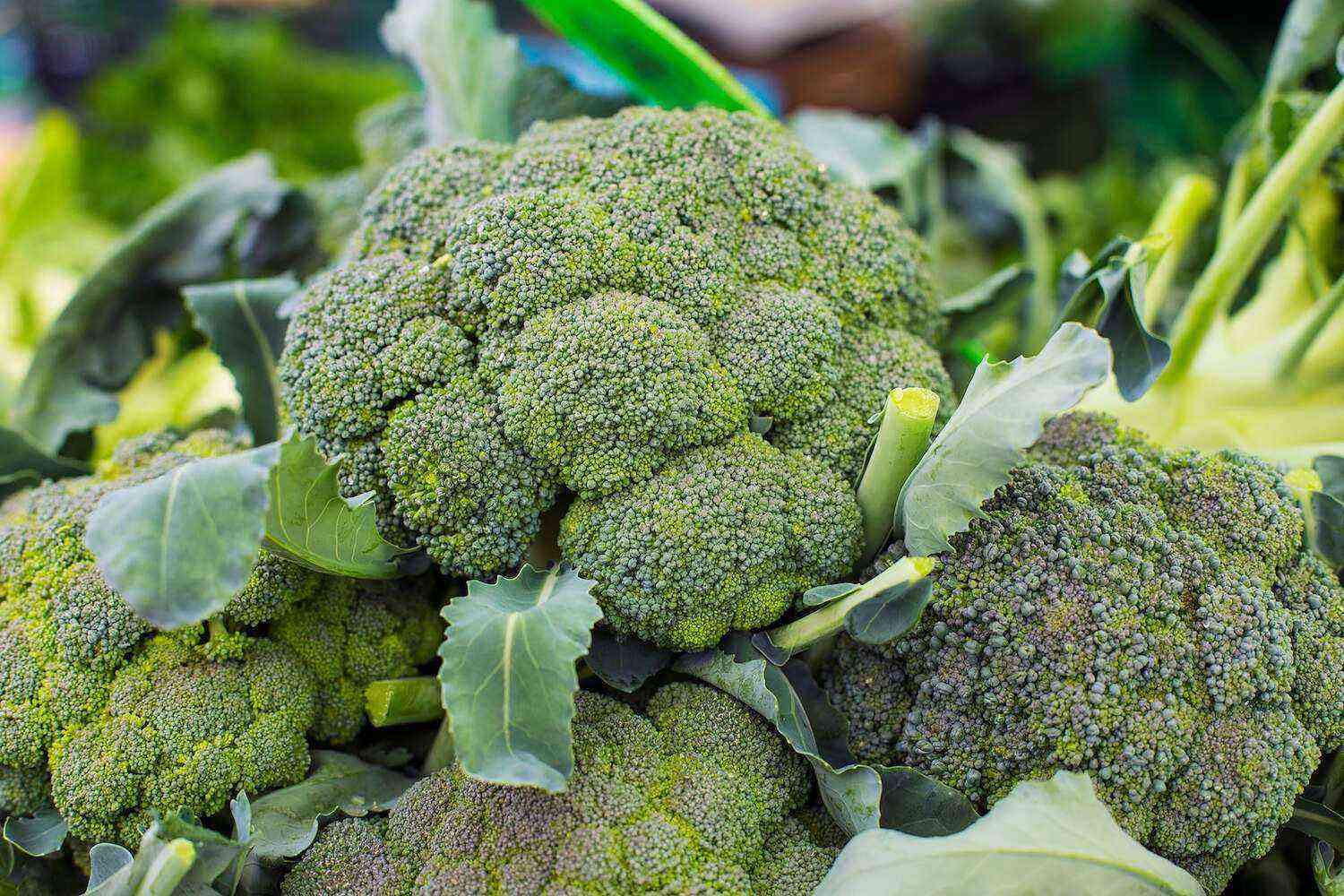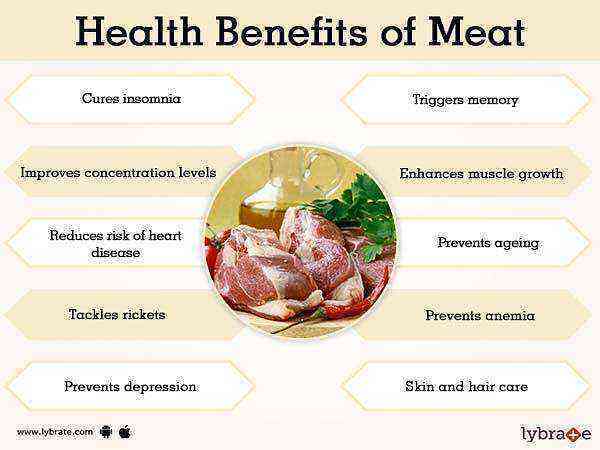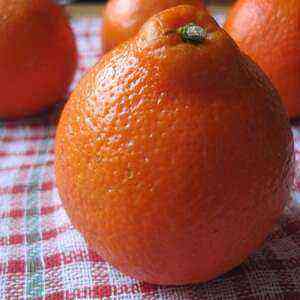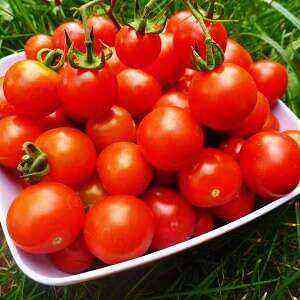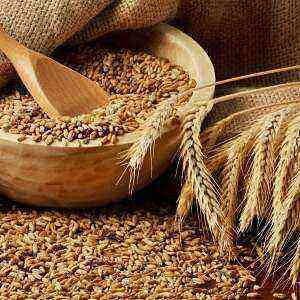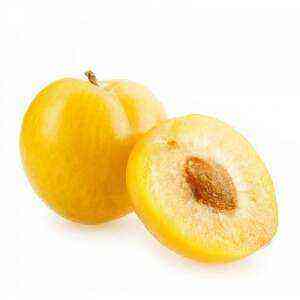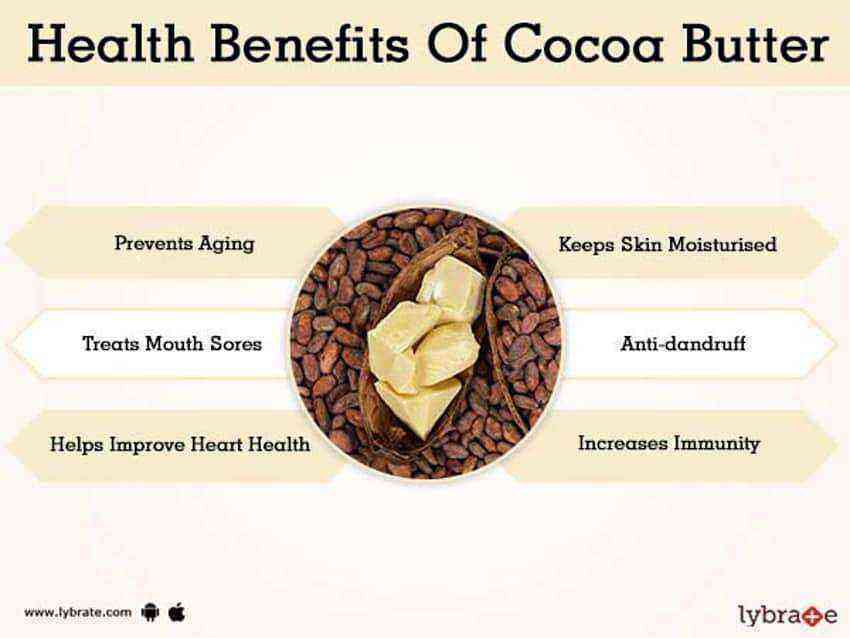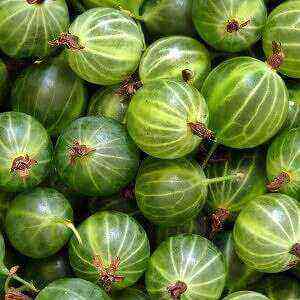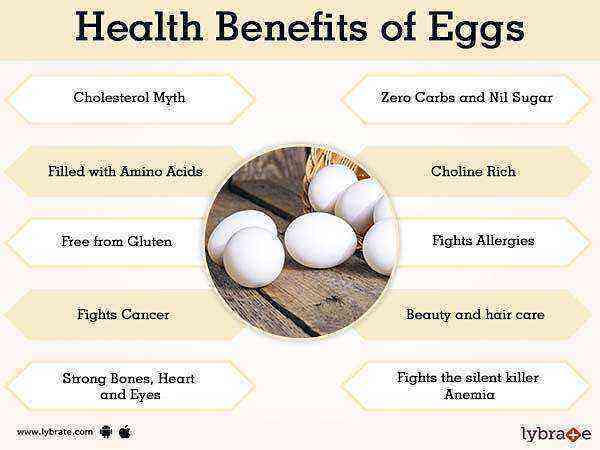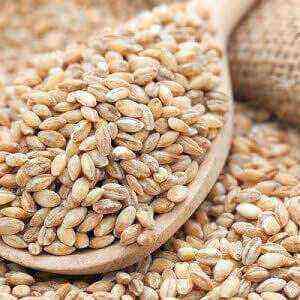
What is barley
Pearl barley is a product made from barley by cleaning the bran of the grain, which is then ground and polished. The name of this porridge comes from the old Slavic word “pearl”, that is, pearl. Pearl barley grains are oval and white (or with a yellowish tinge).
Barley is considered to be one of the very first “domesticated” crops and remains one of the main cereals to this day. Ancient civilizations used this plant as food for themselves and animals. In the Bible, it is mentioned as one of the seven products intended for sacrifices, and the ancient Babylonians brewed wine from barley two millennia BC. In addition, the ancients used barley water for many medicinal purposes. In the Middle Ages, this culture gained its popularity due to the high cost of wheat, therefore, bread was baked from a mixture of rye and barley flour, and only on special occasions did wheat baked goods appear on the table.
This plant adapts well to any environmental conditions. We can say that barley grows even where nothing grows. By the way, the progenitor of modern barley still “lives” in Israel, Egypt, India, Pakistan, China. For industrial purposes, this cereal is grown in Russia, Germany, Spain, France, Canada and the United States.
The nutritional value
Pearl barley is the leader in fiber content, it is rich in vitamins and microelements. This cereal contains B vitamins, which have a beneficial effect on the nervous system. It contains vitamin D (necessary for better absorption of calcium and phosphorus by the body), vitamins A and E, which are responsible for the beauty of nails, hair, skin, as well as vitamin K, which is necessary to normalize blood clotting.
Among the trace elements contained in pearl barley, a high content of iron, calcium and potassium. In addition, barley contains selenium, copper, zinc, iodine, bromine, manganese, cobalt and other essential components.
As for proteins, proteins contained in barley are much richer in amino acids than wheat proteins. Barley contains a lot of lysine, which is involved in collagen synthesis (it is necessary to maintain skin elasticity, protect against the appearance of early wrinkles). The approximate content of the main components per 100 g of pearl barley is as follows:
Nutritional value per product xnumx
Caloric content 123 kcal Proteins 2,4 g Fats 0,5 g Carbohydrates 28,2 g Vitamin A 7 IU Vitamin K 0,81 μg Vitamin B1 0,12 mg Vitamin B2 0,13 mg Vitamin B3 2,12 mg Vitamin B5 0,15, 6 mg Vitamin B0,13 9 mg Vitamin B16,2 13,4 μg Choline 11,2 mg Calcium 1,31 mg Iron 22,2 mg Magnesium 54 mg Phosphorus 93 mg Potassium 3,2 mg Sodium 0,81 mg Zinc 0,11 mg Copper 0,33 mg Manganese 8,6 mg Selenium XNUMX μg
Benefits for the body
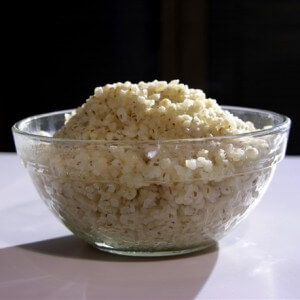
- with high cholesterol, coronary heart disease, atherosclerosis;
- with inflammatory and other bowel diseases;
- with a weakened immune system.
They also recommend this porridge as a product that reduces the risk of developing malignant neoplasms, diseases of the genitourinary and nervous systems, and prevents anemia and gallbladder disease. Interestingly, barley grits improve lactation as well as antiviral properties.
Rich source of fiber
Barley is one of the best sources of fiber in cereals. But the main feature is that the dietary fiber in this porridge is presented in a fraction called beta-glucan. It is a water-soluble fiber that, when ingested, absorbs moisture and provides a feeling of fullness. But even this is not the main advantage of beta-glucans. Studies have shown that these substances are capable of markedly lowering cholesterol levels. Studies have shown that people whose daily diet contains at least 3 g of beta-glucans has 19-24% lower cholesterol levels than those who do not consume barley.
By the way, beta-glucan can often be seen in the list of ingredients of different dietary supplements. Meanwhile, experiments have shown that the “chemical” glucan does not have such high efficiency as the natural substance in barley. Interestingly, 100 g of cereal contains approximately 4,3-5,3 mg of beta-glucan.
In addition, the special fiber contained in barley improves glucose metabolism, thereby preventing a sharp increase in blood glucose concentration. For this reason, barley porridge is good for diabetics.
Useful properties for the digestive tract
The special chemical composition of pearl barley makes it useful for the intestines. Perlovka helps restore healthy microflora, on which, as you know, a person’s overall well-being and immunity depend. In addition, barley porridge and decoction of it have enveloping abilities, which makes these products useful for people with ulcers and gastritis.
Healthy bones
Iron, phosphorus, calcium, manganese, magnesium, zinc are those minerals that are necessary to maintain bone strength and proper bone structure. And they are all found in sufficient quantities in pearl barley. A balance of phosphate and calcium is essential for proper bone mineralization. Excessive phosphorus intake and calcium deficiency leads to bone loss. But you don’t have to worry about this if there is room for barley in the diet. In addition, manganese, as well as iron and zinc, are necessary for the formation of collagen in the body, which is important for maintaining healthy joints.
Strong heart
Fiber, potassium, vitamins B6 and B9, which are part of the pearl barley, are important components for maintaining heart health.
Barley, as already noted, is an excellent source of fiber, which helps reduce cholesterol, which, in turn, is important for preventing cardiac problems. On the other hand, it was proved that daily intake of 4 mg of potassium by 49% reduces the risk of death from coronary heart disease. And vitamin B6 and folic acid, which are present in barley, prevent the accumulation of a substance known as homocysteine. An excessive amount of it leads to problems with the vessels and the heart muscle.
 Cancer porridge
Cancer porridge
Among the useful components that make up the barley, there is selenium. This substance plays an important role for the liver – helps to cleanse the tissues of this organ from carcinogenic compounds. In addition, selenium prevents inflammation, reduces the growth rate of malignant tumors, boosts immunity and stimulates the production in the body of so-called T-substances that resist cancer cells.
Protection against gallstones
Adhering to a diet rich in dietary fiber (and barley just belongs to such), you can avoid the formation of stones in the gall bladder. So says a group of American scientists who conducted research over the years 16 with the participation of about 70 thousands of women. Researchers estimate that on the background of regular consumption of insoluble fiber, the risk of gallstones is reduced by 13-17%. Scientists believe that insoluble fiber from pearl barley grain promotes the movement of food through the intestines and reduces the secretion of bile acids, which, in fact, provoke the formation of stones.
For skin treatment
But as it turned out, not only pearl barley, but also water in which porridge was boiled or soaked, brings benefits to humans. In this fluid, scientists have found antibacterial substances, in particular, hordecin. This substance is useful for the treatment of fungal skin diseases.
 The benefits of barley broth
The benefits of barley broth
The liquid in which porridge was boiled has been used since ancient times by our ancestors as a therapeutic agent. In folk medicine, this broth enjoyed the glory of the means, which:
- improves lactation;
- treats the liver;
- promotes weight loss;
- strengthens the body;
- treats diseases of the mammary glands;
- relieves cough and cold.
In addition, today they say that this broth helps to prevent the growth of cancer.
Side effects
Barley is a cereal that contains gluten. For this reason, people with celiac disease should avoid barley porridge. It is also important to remember that pearl barley is a fiber-rich product. This means that it is important for lovers of this porridge to take care of sufficient water intake. Otherwise, constipation cannot be avoided. In addition, it is believed that excessive enthusiasm for this porridge reduces libido in men.
Use in cooking

To get the perfect consistency of porridge, pearl barley is recommended to prepare in proportion 3 portions of water and 2 portions of porridge. The ingredients are mixed in a saucepan, add a little butter and bring to a boil. After a little lower the heat, stir and cook under the lid for about 20 minutes (stir from time to time, so that the porridge does not burn). Salt when the barley is already soft and almost ready.
Barley is a cereal, beloved by many cooks, because porridge is universal. It has a unique taste that allows you to combine it with both salty and sweet dishes.
Barley porridge is harmonious with meat and vegetarian dishes. It is used to make desserts, milk soups, and casseroles. It is used for mincemeat for stuffed cabbage, pancakes, and also added to minced meat.
Used in cosmetics

Mask for the face
Add milk to the pearl barley and cook (until porridge forms, which resembles thick sour cream in consistency). Distribute the finished mixture in a warm form evenly over the skin of the face and décolleté. Keep at least half an hour. Wash off with warm water. Repeat this procedure at least 2 times a week for a month. The result is a firm, crisp, wrinkle-free skin.
Barley tonic
A tablespoon of ground pearl barley pour a glass of boiling water and boil (cook for about 20 minutes on low heat). Ready to cool the broth, strain, add a little vegetable oil to the liquid and a few drops of lavender in the form of an essential oil. Use for cleansing and nourishing the skin. This remedy is good for preventing early aging of the skin.
Barley is an amazing grass with a universal flavor. When the weather is cold and wet outside the window, a large pot with fragrant pearl barley and meat will warm, saturate and replenish the reserves of essential minerals, proteins and vitamins.
 Cancer porridge
Cancer porridge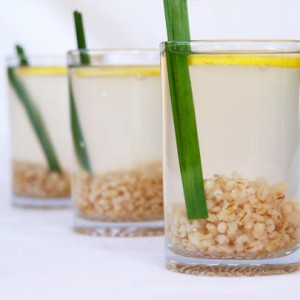 The benefits of barley broth
The benefits of barley broth



